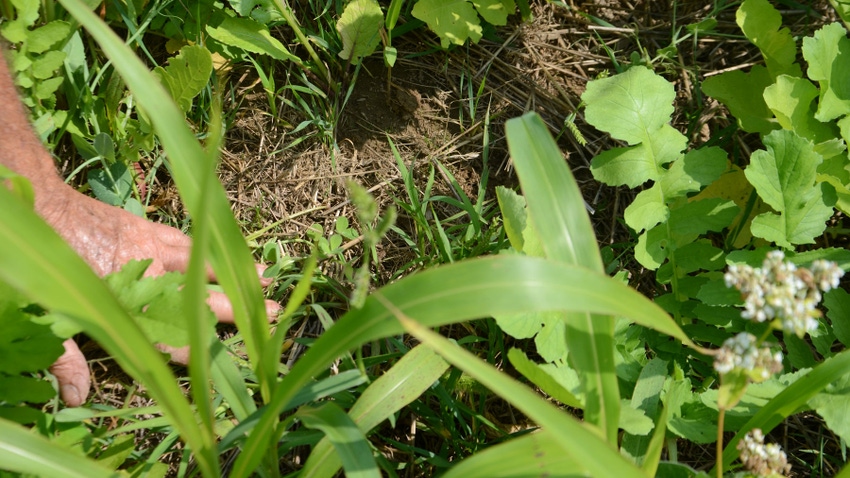February 1, 2023

Here in the Midwest, we talk about living in “tornado alley.” Some people live along major rivers subject to flooding. Whatever the natural disaster threat, it takes time for residents and businesses to rebuild and for life to return to normal after such an event occurs. In many cases, things never do get back to “normal.”
Recovery can be extremely difficult after just one natural disaster. What if you suffered through a major tornado followed by a major flood not once in your lifetime, but every year? Forget about recovery!
What does this have to do with farming and soil health? For soil creatures and microbiology, this happens with a couple of tillage passes every year. Primary tillage could be compared to a tornado and secondary tillage to a flood. The soil biome spends the next year trying to recover, only to be hit by tillage again. Full recovery of your soil can never happen.
The role of earthworms
Soil health advocates often discuss “underground livestock” in their fields. Your soil should be a dynamic environment, full of willing workers working for you free of charge. What are some of these workers? The most widely known are earthworms.
Earthworms consume plant residue, pass it through their digestive system and turn it into a product that smaller microbes convert into organic matter and nutrients that your cash crop can use. How does tillage impact earthworms? First, earthworms are surface feeders, eating residue near their middens, which are roofs of residue that earthworms pull over the top of their holes.
They do not rely on residue that has been buried by tillage as a food source. Earthworms build channels in the soil that plant roots can follow through compacted layers, all while helping break up that layer. They do all of this for free. In return, you must limit tillage passes so they have food to eat on the surface, and so their home isn’t going through a natural disaster every year. If it does, sooner or later, they just move on to a better environment.
Ground beetles help, too
Another lesser-known inhabitant of the soil are ground beetles. They come to the surface at night to feed, eating slugs, wireworms, maggots, aphids and other insects that can be crop pests.
Did you also know that some beetles eat weed seeds? They’re considered one of the “many little hammers” that help regulate weed populations. Again, these guys are working for free, helping control both insects and weeds. All they ask is that you do not bring a natural disaster to their home every year.
Just like a community can recover over time from a major natural disaster, your soil can also recover from long-term tillage — if the tillage stops. Start down your path to a healthier soil today. Consider use of cover crops and limited tillage to start building soil health on your farm.
Those free laborers in your soil will thank you many times over if they are not subject to a natural disaster every year. And your soil will thank you, too.
About the Author(s)
You May Also Like






